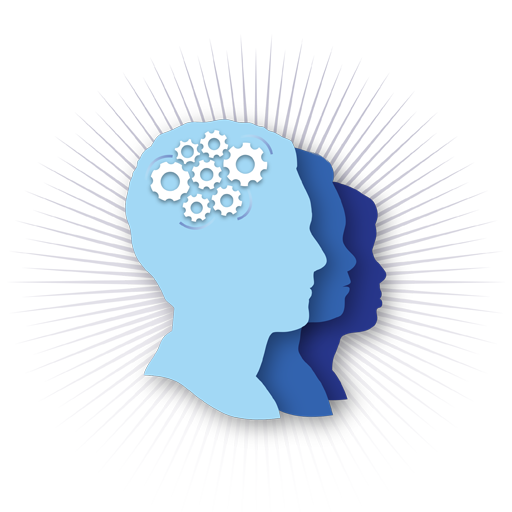
How do Auditory or Visual Processing Disorders Impact Reading Development in Children?
For all children, the acquisition of reading skills plays a crucial role in development. However, for some children, the path to literacy is complicated by challenges stemming from auditory and visual processing disorders. These disorders can significantly impede the natural progression of reading abilities. In this post, we will explore what auditory and visual processing disorders are, how they affect the development of reading skills, methods of evaluation, and various interventions that can help children overcome these difficulties.
What Are Auditory Processing Disorders?
Auditory processing is the ability to interpret and make sense of the sounds we hear. For some children, this process can be disrupted, leading to central auditory processing disorders (APD or CAPD). CAPD manifests as difficulty processing auditory information, affecting how sounds are interpreted and understood by the brain. This can result in challenges related to language comprehension, speech perception, and phonological awareness, which is crucial for the development of reading skills.
When a child experiences CAPD, they may struggle to distinguish between similar sounds, have difficulty following verbal instructions, and exhibit delays in acquiring language skills. These challenges can have a direct impact on their ability to decode and comprehend written words, hindering the development of reading proficiency.
What Are Visual Processing Disorders?
Visual processing involves interpreting and understanding visual information received through the eyes. Visual processing disorders (VPD) occur when there are difficulties in processing and making sense of this visual input. These disorders can impact various aspects of visual perception, such as visual discrimination, visual memory, visual-spatial problem solving, and visual-motor integration. When it comes to reading, VPD can significantly affect a child’s ability to recognize and comprehend written words.
Children with VPD may struggle with tasks like tracking words across a page, recognizing letters and words, and comprehending the spatial relationships between letters and words. Many also report letters blurring on the page or headaches after short periods of time reading. These challenges can make learning to read a daunting task, leading to frustration and potential disengagement from academic activities.
How do we Evaluate Auditory and Visual Processing?
Identifying auditory and visual processing disorders in children is a critical first step in providing the necessary support for their reading development. Evaluation typically involves a multidisciplinary approach that includes input from educators, speech-language pathologists, audiologists, and other specialists.
For auditory processing evaluation, assessments may include tests for auditory discrimination, auditory sequencing, and auditory memory. Speech-language pathologists often play a crucial role in diagnosing and addressing CAPD, working closely with educators to implement strategies that support language development and reading skills.
Visual processing evaluation involves a range of assessments to identify specific areas of difficulty. Tests for visual discrimination, visual memory, visual-spatial problem solving, and visual-motor integration are commonly used. Additionally, a visual processing evaluation through a qualified developmental optometrist can help rule out any underlying visual processing issues that may contribute to the visual processing challenges.
What are Some Interventions for Auditory Processing Disorders?
Addressing auditory processing disorders requires a comprehensive approach that combines educational interventions and therapeutic strategies. Speech-language therapy is a cornerstone of intervention, focusing on activities that improve auditory discrimination, sequencing, and memory. Audiologists may also recommend assistive listening devices to enhance a child’s ability to process and comprehend auditory information in a variety of settings.
In the educational setting, teachers can implement strategies that cater to the specific needs of children with CAPD. This may include providing written instructions alongside verbal ones, using visual aids to support auditory information, and creating a quiet and focused learning environment to minimize distractions.
What are Some Interventions for Visual Processing Disorders?
Interventions for visual processing disorders are similarly multidimensional, involving educational strategies and therapeutic interventions. Vision therapy, conducted by optometrists or vision therapists, focuses on improving visual skills and visual-motor integration. Activities may include eye tracking exercises, visual memory tasks, and exercises to enhance visual discrimination.
In the classroom, teachers can implement accommodations to support children with VPD. This may involve providing enlarged print materials, using colored overlays to reduce visual stress, and incorporating multisensory learning approaches that engage both auditory and visual modalities.
Do Multisensory Approaches Work?
Given the interplay between auditory and visual processing in reading development, multisensory approaches are particularly effective for children facing challenges in these domains. Multisensory learning engages multiple senses simultaneously, reinforcing the connection between auditory and visual processing.
For example, the Orton-Gillingham approach, a structured and multisensory method for teaching reading, incorporates tactile, auditory, and visual elements to reinforce language skills. Similarly, the use of assistive technology, such as audiobooks or text-to-speech software, can provide additional support by presenting information through auditory channels.
For more information about Cognitive Solutions L.C. and our auditory and visual processing assessment and intervention/remediation programs, please visit our Educational Therapy services page.
Related Posts
What Is The Link Between Depression And Anxiety?
Depression and anxiety are thick as thieves. Anxiety disorders are the most...
Do synthetic food colors cause hyperactivity?
Critics blame the additives for triggering behavioral problems in youngsters...
Private Clinic vs. Public School: What You Should Know About Psychoeducational Evaluations
Education is critical to the development and optimal health outcomes for...
HELPING CHILDREN AND ADULTS REACH THEIR FULL POTENTIAL.
We help individuals with Attention Deficit Disorder (ADD/ADHD), Learning...





